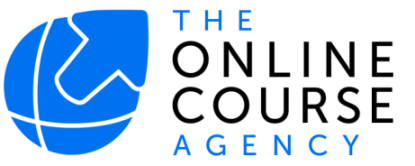The Formula To Make Your Ads Work - The Lead Magnet
With Frank Kern
The Formula To Make Your Ads Work - The Lead Magnet
With Frank Kern
If you’ve been running Facebook Ads for a while, you may have had this problem…
You’re getting leads, but they’re the wrong type of leads. Has this ever happened to you?
You get people through the door, but they can’t afford your product or they’re not the right people to buy your product.
Here’s the big rule:
You cannot catch whales with minnow bait.
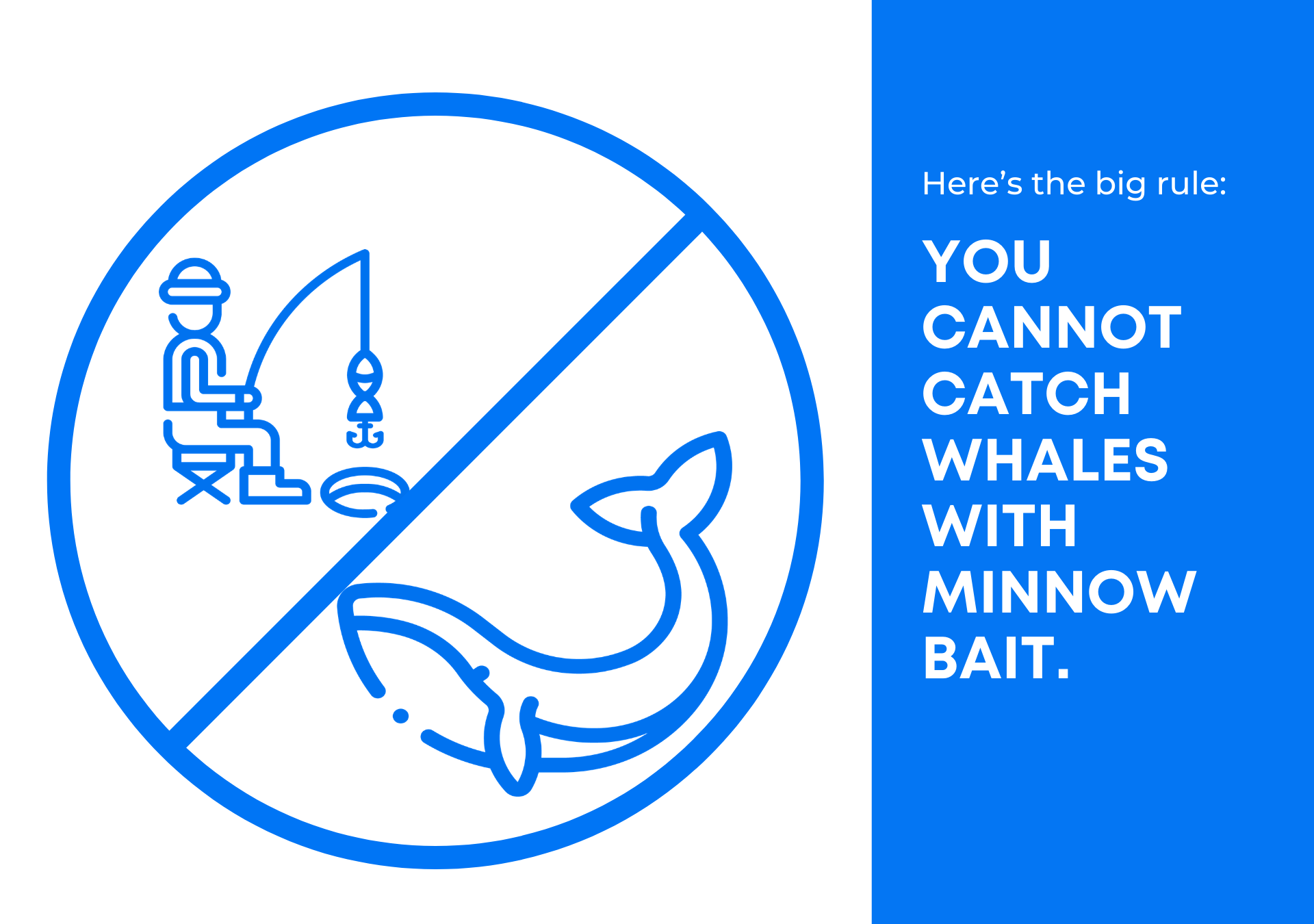
This is the kind of thing that happens to a lot of people:
Someone may go out and spend $1000s of dollars on ads, they will get leads, people enquiring or scheduling appointments - but the people they’re attracting have no money!
Sounds weird, right? Why would people get that far if they don’t have any money?
Let’s look at the types of ads they’re posting (these are really common mistakes people make with their Facebook ads):
“Get these amazing results even if you have no money!”
Of course, with these ads, you’re going to attract people with no money!
It may seem like it’s working great at first since you could generate a lot of leads, but if they can’t afford you, it’s all for nothing!
Or maybe… they’re running giving free webinars showing people “How to make $10,000 in one month!”
Now, if their service or product costs more than $10,000 - how could these people afford it?!
These are classic examples of using minnow bait to catch whales.
Don’t make these mistakes!
Before we get into the magic formula… have you heard of Occam's razor?
Occum’s razor is a principle from the philosophy that says that simpler solutions are more likely correct than complicated ones.
So, keep this point in mind as we’re going through the formula for your Facebook ads.
Formula One
We’re going to show you the first formula on how to make an ad that sells your product directly.
Step One: If you/Are you statement.
This is the beginning of your ad, where you’re calling out the person who might be a customer for you.
Let’s say we’re trying to sell advertisements or help people with their advertisements on social media, we could say, “if you have a business that sells anything” or “are you the owner of a business that sells anything?”
Step Two: And you want...
For example, “and you want more customers, leads, and a bigger brand.”
Step Three: Here’s what…
For example, “here’s what I’ve got for you, it’s called social media advertisement.”
Step Four: Here’s what it will do!
This is where you will explain the benefits of the thing you have.
Sticking with the same example “my agency will help you find your perfect prospects, tell you exactly what to say to them so they want to buy from you, and then put your ads in front of them constantly.”
Step 5: Here’s what to do next
Tell them what they have to do to get in touch with you, this is your call to action.
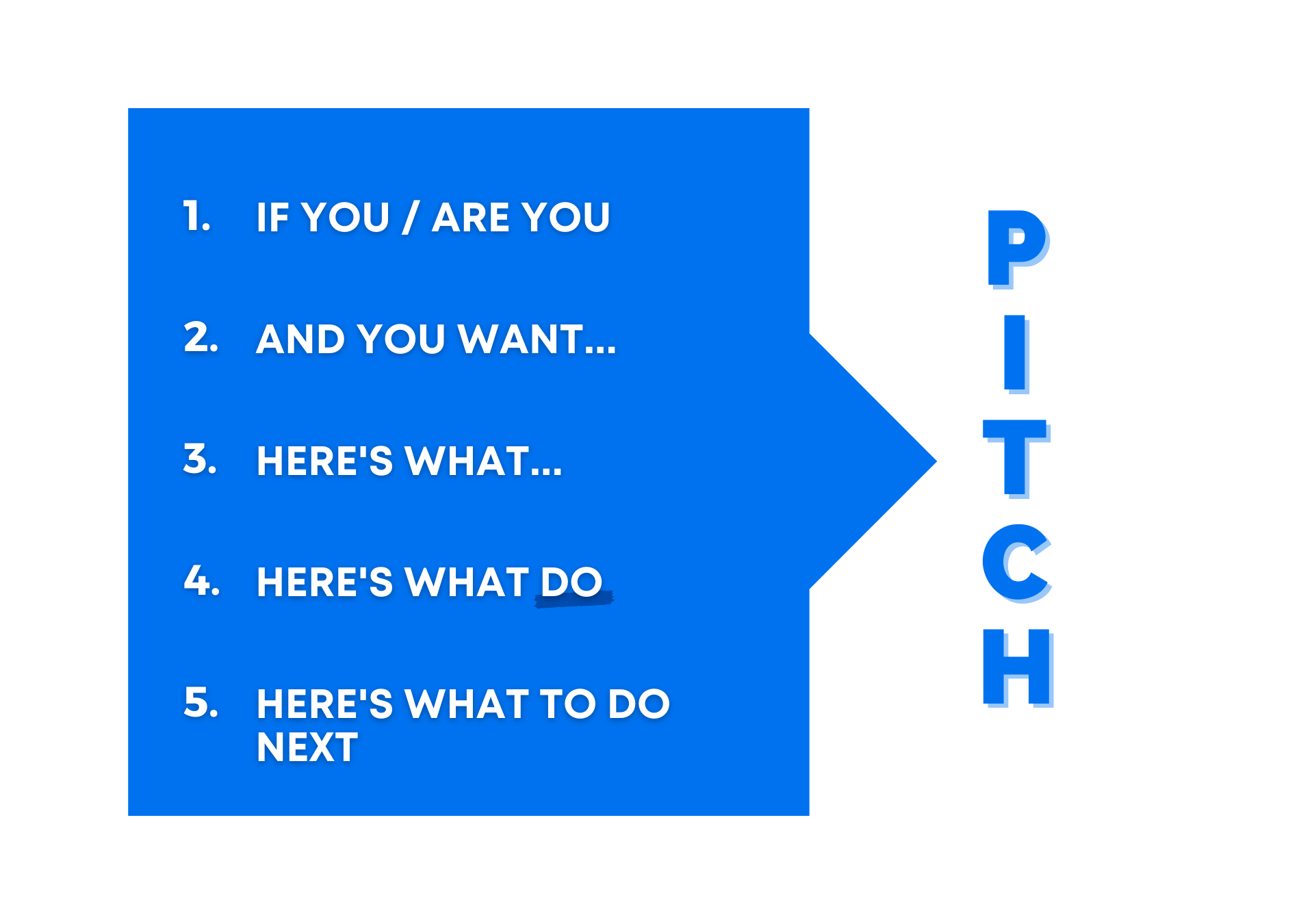
So this is your pitch framework. The perfect script that you can use and adapt for your own business.
The framework works because of Occam’s razor principle - it’s the simplest solution.
Formula Two
The next framework is the “callout framework.”
The callout framework has four steps:
Step One: Call people out
You do this with a statement or question that begins with if/do/are.
This will attract people and focus their attention on your ad.
Let’s say we’re selling dog training. So our ideal customer has a puppy and the puppy is driving them crazy.
For example, we would say, ‘if you are the owner of a new puppy.’
This is the perfect way to catch the attention of a new puppy owner.
Step Two: Talk about their problems and desires
So this is where it helps to know your ideal customer, for example, the problem may be that the puppy is chewing up shoes, and their desire is that the puppy stops doing that.
We’re addressing these problems in the framework of the ad.
What’s happening at this stage for your reader is that they think you’re talking directly to them.
Step Three: Educate
The way to make people want what you have is to cause this reaction where your customer think that can relate to you and that you understand them.
Here, we’ll give them some tips and advice here on how to get the puppy to stop eating their shoes.
For example, you could use a video where you show them “three ways to get your dog to stop eating your shoes.”
Step Four: Make the offer
Your offer will vary depending on your sales process.
Your sales process could be someone going on your website and buying the dog training book, or it could be someone going into a store and meeting you in person, or it could be someone calling you to ask you to come out and help them.
Whatever your sales process is will determine what you say here.
Here you’ll show people what you have to offer them:
“My name is Frank and I own Frank’s House of Dog Training and here’s what we do - we’ll train your dog so he won’t eat your shoes (or whatever the problem is). And, here’s what to do next - Call me!” (or take whatever step you want them to take.
The purpose of this isn’t necessarily to get someone to call you - it’s great if they do, but the real purpose is to build that bond with people.
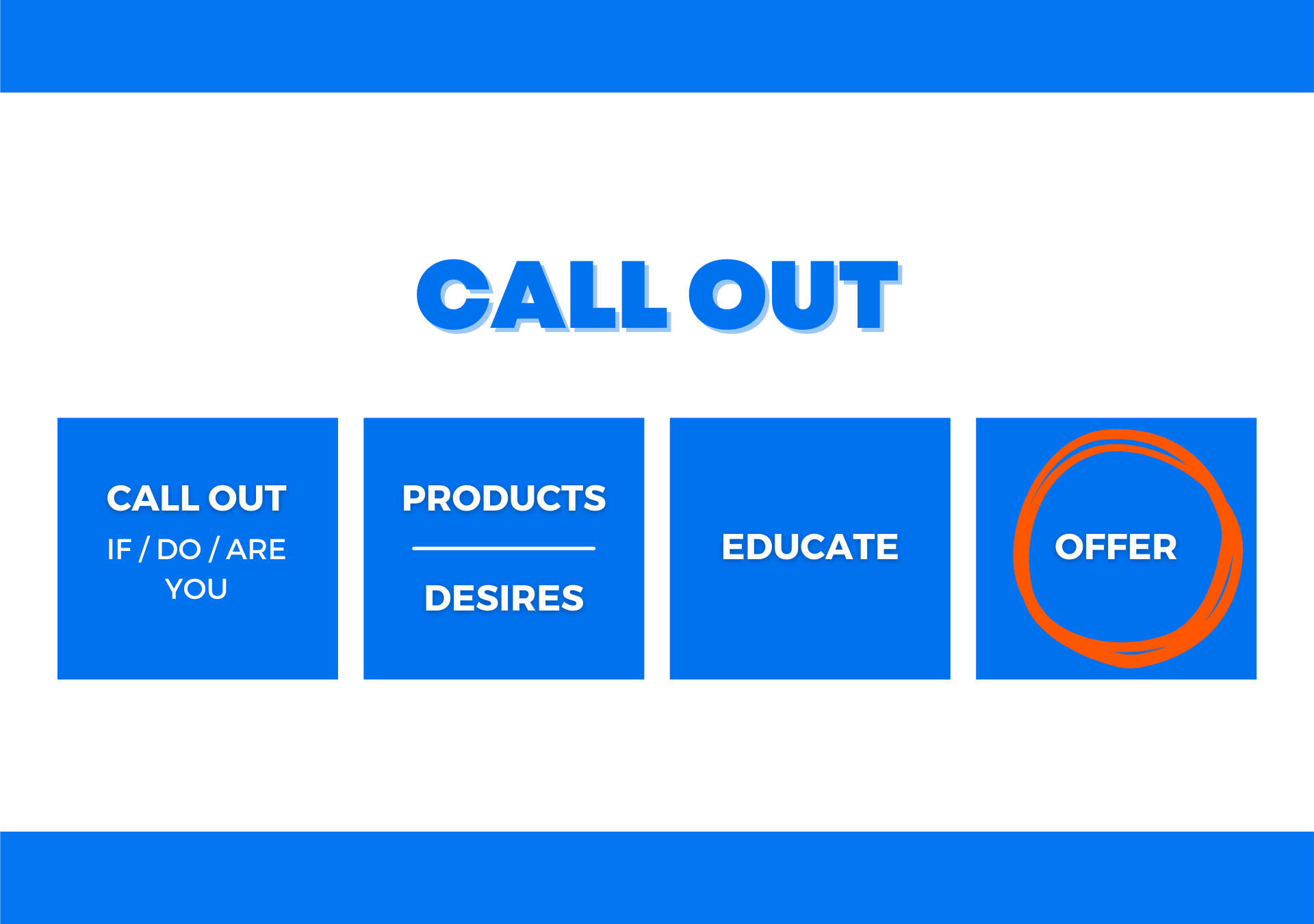
An important point to make here is to not have two calls to action - this usually results in people not taking any action.
Formula Three
Now, let’s get into the third magic formula.
This formula is called the “Indicator structure.”
In this context, indicator means that there are certain things that will happen in this prospect’s life that will indicate that this person is about to b a good prospect for you.
For example, if we’re using the dog example again - there will most likely be a time where the owner needs to take their dog to the vet.
Once you’ve worked out the indicator in your own market, here’s the formula you need to use.
Step One: Address it
To address these indicators, we’ll follow this framework:
Have, are, or do you?
For example, ‘do you have a dog and he’s recently started scratching his ears all the time?’
So, all we’re doing is addressing this indicator that there may be something wrong with the dog.
Step Two: Enter the conversation in the prospect’s mind
This means that you’re going to start talking about what they’re already thinking in their mind.
For example, ‘you’re probably worried about your dog and wondering if you should call the vet.’
So this is kind of like you’re exacerbating the situation.
Step Three: Answer their burning questions
This is where you’re creating value.
You’ll either be relieving their concerns or kind of freaking them out and making them worried (if they need to be), not to make them too scared, but just enough to know if they need to take action.
Step Four: Make the offer
This may be to call you or visit your website.
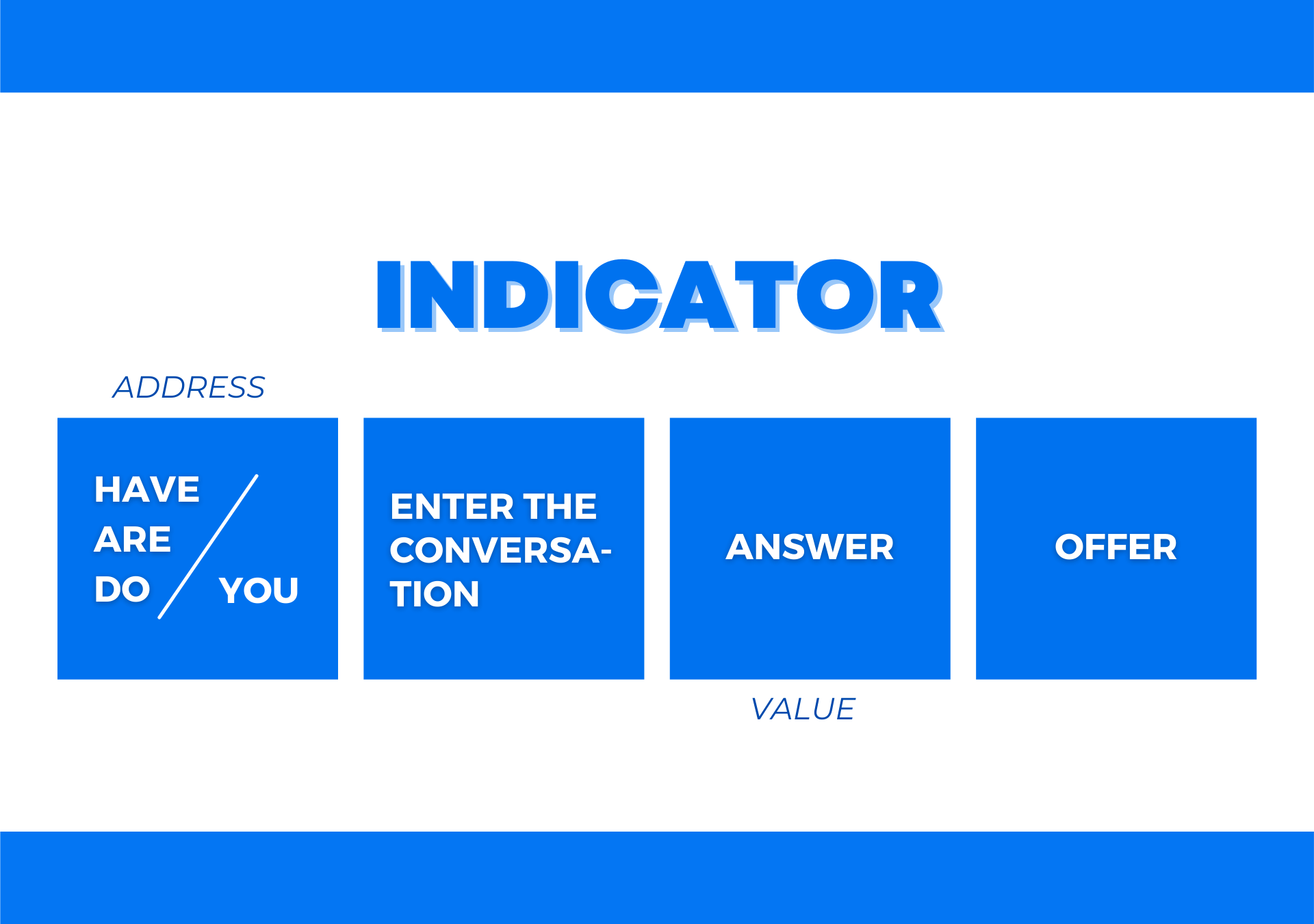
The way this all works together is called the ‘Intent-based branding’, or IBB.
This means, by doing this type of content, we are building a brand for you with the intention of getting a sale.
We want to compress the time that someone goes from thinking about it to buying.
We do this by:
Going to an audience of strangers, or a cold audience, and putting the content out there.
If they watch that content, they have self-identified as being a prospect.
Facebook will recognize this and put them in a re-targeting audience, so you don’t even need to do anything.
Then, you can show the people who watched that more content and more pitches.
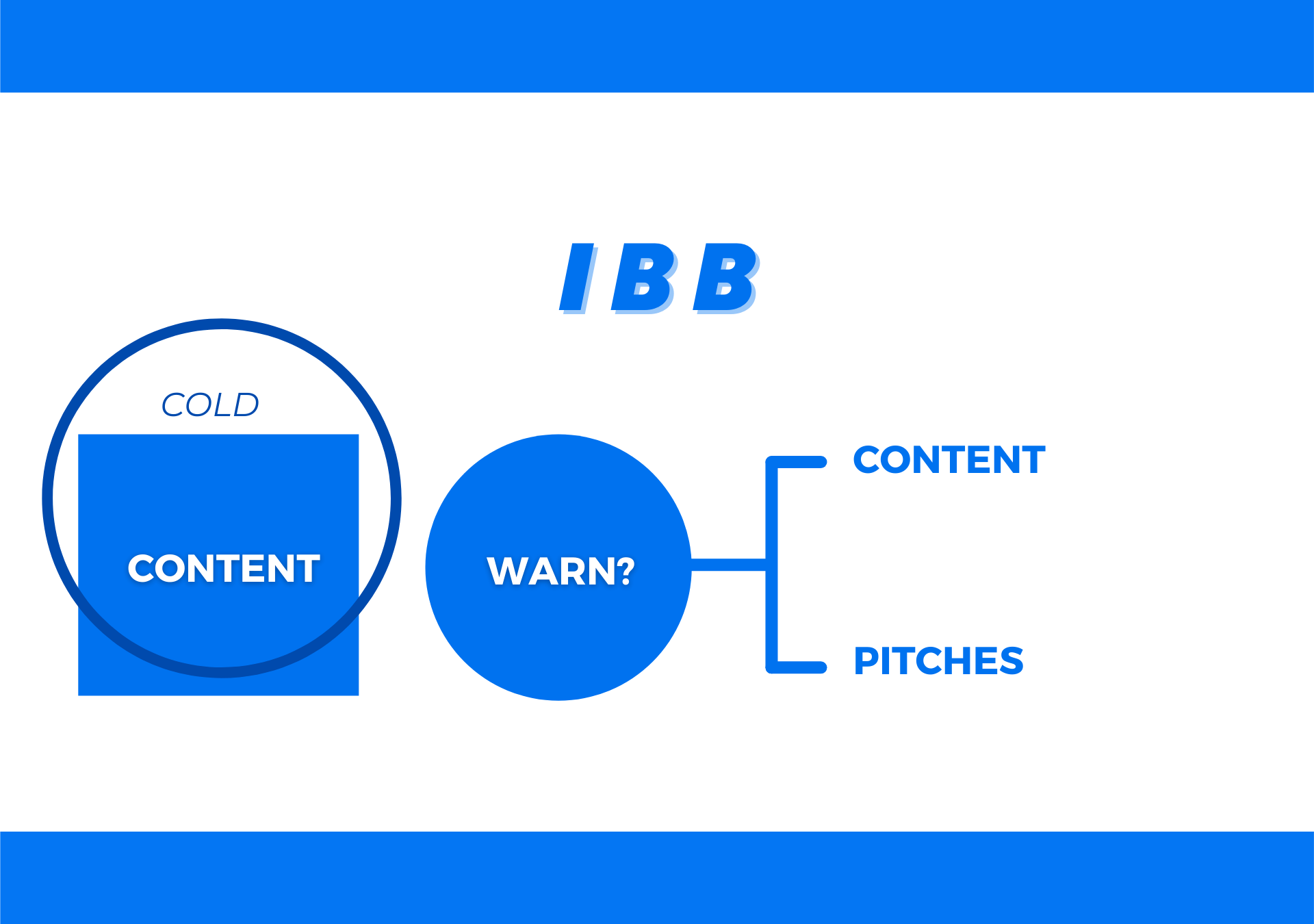
The pitch is the first formula that we laid out.
The great thing about doing this is that showing your ads to a cold audience on Facebook is very inexpensive.
Now let’s address some important questions.
How would you identify your ideal prospect?
To answer this, we need to ask, “what are the criteria that my ideal prospect has for this to be perfect?”
The best way to figure this out is to imagine a very bizarre scenario….
“If I can only get paid after they got the results that I promised,
what criteria would they have to have in order to take that gamble with them?”
You’re gambling with your time, energy, and resources in this environment - this forces you to come up with the person you can get the most results for in the fastest amount of time with the least resistance.
So, if you ask yourself what criteria this person has - that identifies the criteria of your perfect prospect.
If you really want to make your Facebook ads work, you need to do some work before you show people that pitch.
While the pitch will work with strangers, it’s better if you show it to a warm audience.
Before we show them your ad, there are a few steps you have to take:
1. You have to get people to self-identify as being your perfect person.
2. You need to build a bond with them.
3. Then, we will show them the ad.
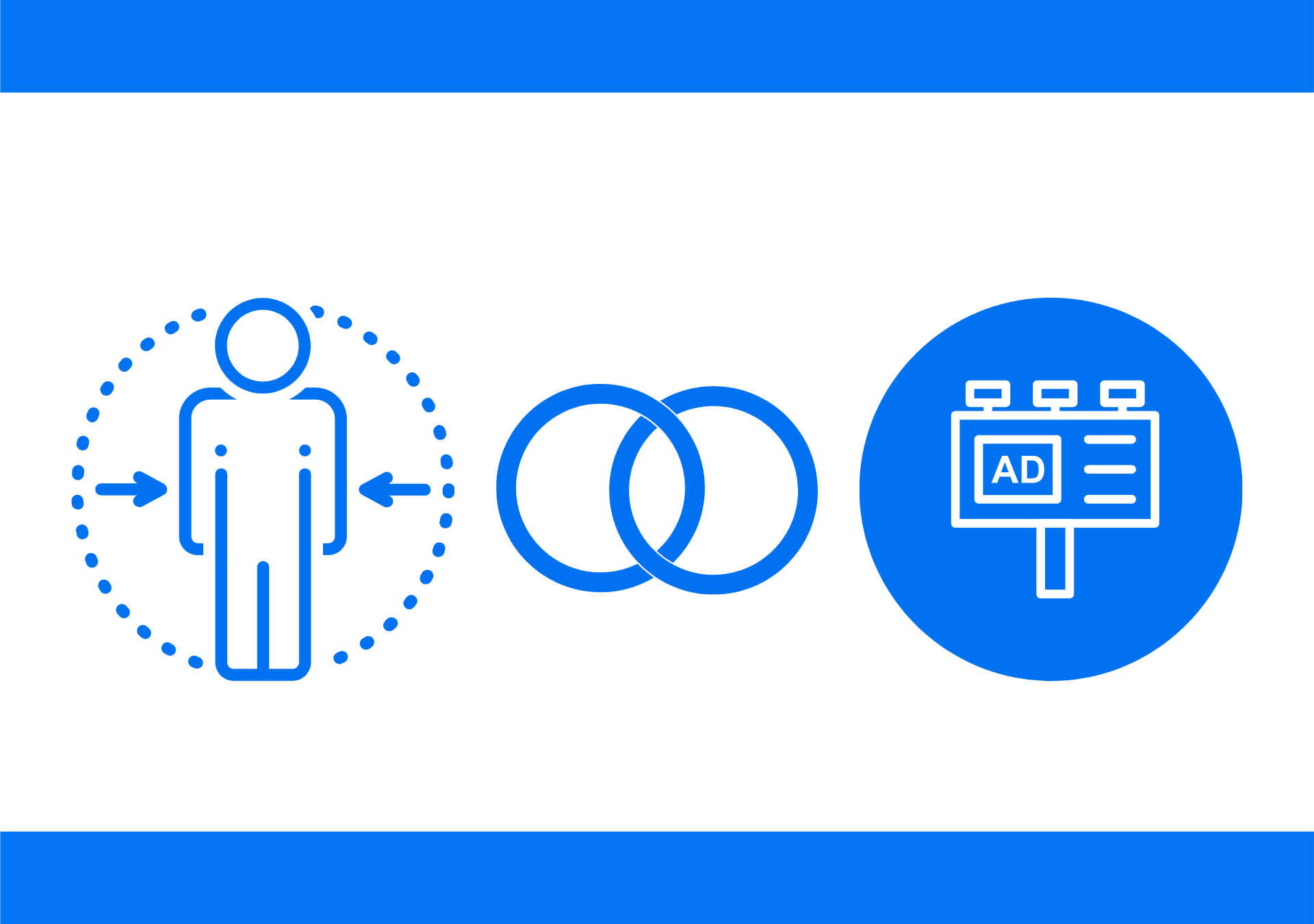
So, first, how do you get someone to self-identify? And, how to build a bond with them?
The answer to this is content.
On social media, a lot of people think that content means selfies and sharing pointless stories, but you need to show people content that is actually useful to them.
This will make your prospects trust you, so you’re building that bond.
Once the bond is established, you show them the ad and they’ll become your customer.
How much should you spend on Facebook ads?
There may be a lot of courses out like “How to get rich with Facebook in your pajamas”, that tell you you only need to spend $5-$15 a day to get results.
Unfortunately, this is just wrong.
It’s wrong because of the formula Facebook uses, which is statistical relevance.
Facebook runs on an algorithm that uses machine learning, so it needs to have data fed into it so that it knows what to do next.
So, if you’re only spending $5-$15 a day, you’re just not going to give Facebook enough data to work.
So you’re never going to get the consistency that you want.
A better way to do this is to spend around $100 a day but in a shorter time.
This way, you’ll get your data a lot faster.
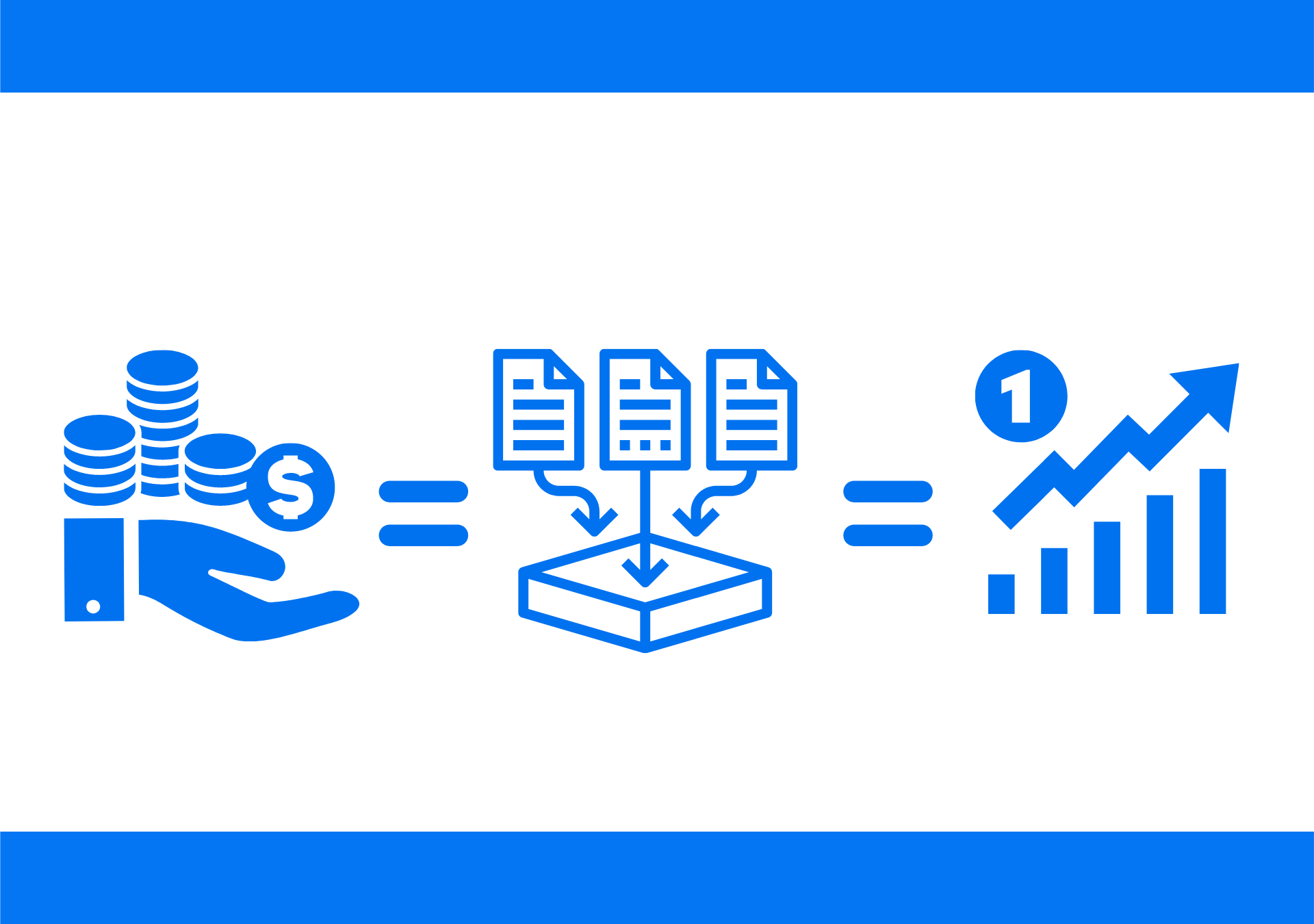
And that’s it! You now know the magic formula to make your Facebook ads work! So, get out there and find your perfect customers on Facebook!
Social Media Snippets:
1
In Mariah Coz’s experience, when most people are creating a course, they go about it in all the wrong ways. It’s tempting to write your course curriculum and content and then do a big launch, but doing things in that order only leads to stress and overwhelm. Mariah teaches you the right way in 3 easy to remember steps.
2
3
Pre-selling your course eliminates the feeling of worry and overwhelm that most people get when it comes to the time of the big launch of your course. Mariah assures you that pre-selling isn’t weird and people are generally happy with buying a course and having to wait a little while. After all, a pre-sale usually means the price is a little cheaper than at full launch, and who doesn’t love a bargain?
4
If you don’t pre-sell your course, how do you get validation? If you pre-sell your course, you know you have an audience to write for and it takes away any worrying feelings that can be caused by your full launch. Knowing that you already have students also gives you motivation and is a massive confidence boost, especially as you’ve already earned a bit of money.
5
The bonus of pre-selling your course is that you create assets like a webinar, email sequences and social media posts. You can use these for your full launch. The great thing about having these assets is that you can also repurpose this content for your sales pages and additional emails. You don’t really need to create anything from scratch. And you mustn’t forget, you will also have some amazing testimonials from your presale students to help you with your marketing and do the selling for you.
Latest Vlogs

Great team
Lorem ipsum dolor sit amet, consectetur adipiscing elit. Etiam eget orci non nun...
READ MORE

Amazing Support
Lorem ipsum dolor sit amet, consectetur adipiscing elit. Etiam eget orci non nun...
READ MORE
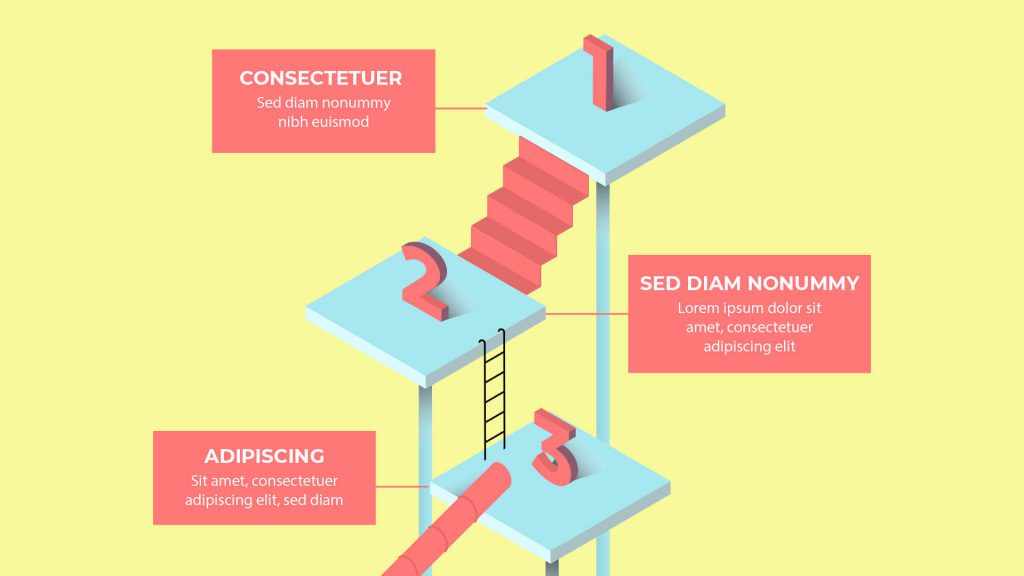
New Team
Lorem ipsum dolor sit amet, consectetur adipiscing elit. Etiam eget orci non nun...
READ MORE
